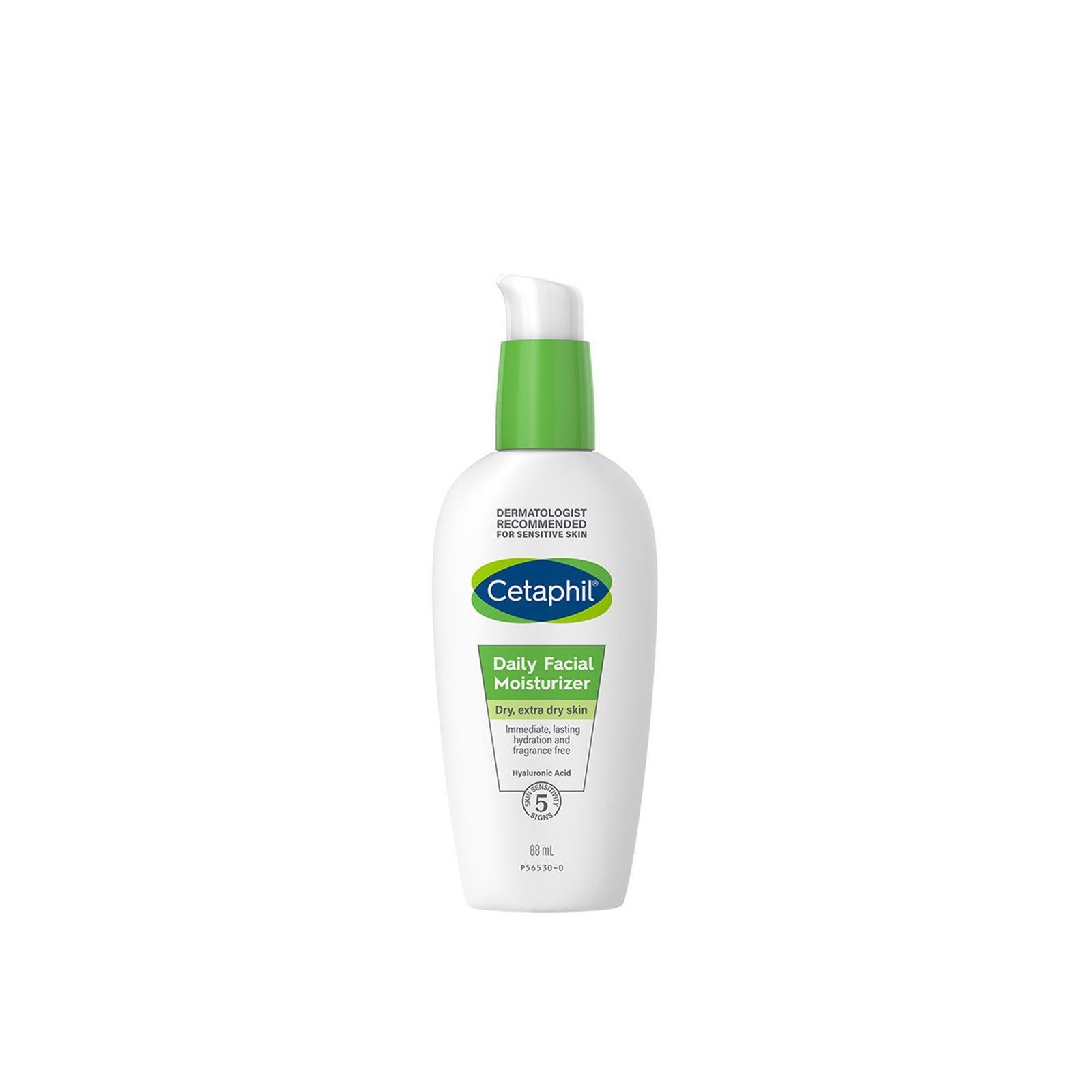Blitz News Digest
Stay updated with the latest trends and insights.
Moisturizer Madness: Why Your Skin Deserves a Daily Dose
Unlock the secret to radiant skin! Discover why daily moisturization is a game-changer for your complexion. Don't miss out!
The Science Behind Moisturizers: How They Work Wonders for Your Skin
Moisturizers play a crucial role in maintaining healthy skin by providing essential hydration and creating a protective barrier. They work wonders for your skin through a blend of various ingredients that target hydration, repair, and protection. The primary components often include occlusives, humectants, and emollients. Occlusives, like petrolatum and beeswax, form a protective layer on the skin, preventing moisture loss. Humectants, including glycerin and hyaluronic acid, attract water from the environment and deeper layers of the skin, helping to keep it plump and hydrated. Lastly, emollients, such as fatty acids and oils, smooth out the skin's surface and improve its texture.
Understanding how these components work together can help you choose the right moisturizer for your skin type. For example, if you have dry skin, opting for a product rich in occlusives and emollients can provide a robust shield against moisture loss. Alternatively, individuals with oily or acne-prone skin may benefit more from lightweight gel-based formulas that focus on humectants without adding extra oil. Ultimately, the science behind moisturizers reveals their ability to transform and enhance your skin's health, making them a staple in any skincare routine.

Top 5 Mistakes You’re Making with Your Moisturizer
When it comes to skincare, using a moisturizer is essential, but many people are making critical mistakes that can undermine its effectiveness. One of the top mistakes is applying moisturizer on dry skin. Instead, it is advisable to apply your moisturizer on slightly damp skin after cleansing. This helps lock in moisture, allowing for better absorption and hydration. Additionally, using the wrong type of moisturizer for your skin type can lead to various issues such as breakouts or excessive oiliness. Always choose a moisturizer that suits your skin type, whether it's oily, dry, or combination.
Another common issue is not giving your moisturizer enough time to absorb before layering other products. Ideally, you should wait a few minutes before applying makeup or sunscreen to allow your moisturizer to fully penetrate your skin. Additionally, some people think that they don’t need to moisturize during the summer months, which is a significant misconception. Moisturizing is crucial year-round, as hot weather can dehydrate your skin just as much as cold weather. Lastly, be cautious with how much product you use; over-applying moisturizer can lead to clogged pores and a greasy appearance.
Is It Time to Change Your Moisturizer? Signs Your Skin Needs a New Routine
Understanding when to change your moisturizer is crucial for maintaining healthy skin. As seasons shift and your skin type evolves, sticking to the same product may no longer provide the hydration you need. Signs that your skin needs a new routine can include increased dryness, irritation, or breakouts. If you notice that your skin feels tight or uncomfortable despite regular moisturizing, it may be time to reassess the effectiveness of your current product.
An important indicator that it’s time to switch your moisturizer is if your skin appears dull or lifeless. You may also want to consider altering your routine if you experience changes in your environment, such as climate fluctuations or increased exposure to pollutants. A moisturizer tailored to your current needs can make a significant difference. Listen to your skin; if it’s not responding well to your current moisturizer, don’t hesitate to explore new options that can better suit your skin’s requirements.